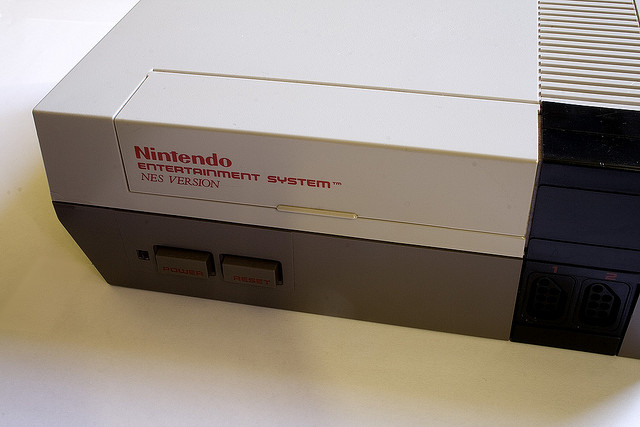Living out a dream
Software engineer Derek Andrews is also harking back to memories of youth. His development team, Gradual Games, is working on a game that Andrews first envisaged making as a child.
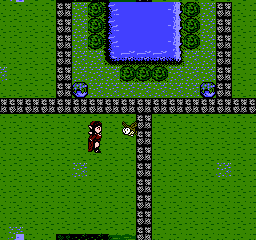
Titled The Legends of Owlia, it’s an action-adventure game for the NES. “This project is very special to me because I came up with the idea with some friends when I was about 11,” says Andrews. “As I grew older and dabbled in game programming, I made several attempts at creating the game. Then game programming went sour for me for a few years, and I sort of went on hiatus. Now I’m back and I’m going to finish this game unless I die first.
“I’m happy to say one of the original friends, Daniel Hwozdek, is still involved to this day, providing invaluable feedback on gameplay mechanics, layout, and writing for our games.”
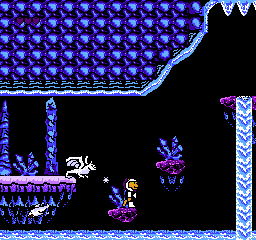 “Secondly, my first exposure to game programming was back in the late ’90s, in QBasic, C, and assembly language in a DOS environment. When I reached the level of maturity required to commit to developing a game, I not only wanted to make a retro game but also to experience the enjoyment of writing code for an old computer.”
“Secondly, my first exposure to game programming was back in the late ’90s, in QBasic, C, and assembly language in a DOS environment. When I reached the level of maturity required to commit to developing a game, I not only wanted to make a retro game but also to experience the enjoyment of writing code for an old computer.”
For Andrews, writing code for the NES juxtaposes well with his day job. “Being employed as a software engineer, NES development provides a refreshing contrast to the enormous mess of third-party operating systems and libraries with which one must contend,” he says. “Writing code for the NES is equally enjoyable to me as DOS was. Perhaps more so.”
Andrews developed his NES programming skills with the help of a guide created by computer scientist Michael Martin, then of Stanford University. NES 101, as it is known, helped Andrews develop his own NES graphics and level editors, which he explains in more detail in a three-part series of YouTube videos, the first of which is below.
Nomolos was very much a labor of love for Andrews, and his wife, Laurie, worked alongside him on the project. She is the artist at Gradual Games and provided the in-game art for Nomolos, along with its box, label, and manual. Andrews entrusted the printing of these items to a company called Uncle Tusk, a specialist at providing custom boxes for vintage systems.
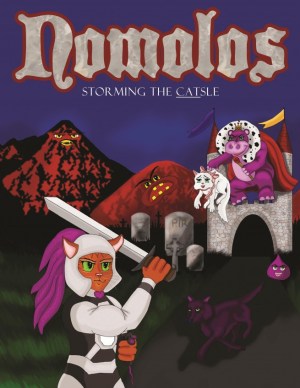
Andrews then sent the finished ROM to RetroZone, “who burn the game to EEPROM chips that go inside a brand new cartridge, made physically identical to the NES cartridges produced in the ’80s and ’90s.”
Player feedback for Nomolos has been very positive. “Most people who have played it have enjoyed it and find it challenging and charming,” says Andrews. “It’s really great to see fellow retro gaming fans genuinely enjoy something we’ve created.”
Can homebrew be a business success?
Derek Andrews is refreshingly candid about his sales figures. “I won’t lie; it is a niche market,” he says. “I can’t speak for Sivak’s Battle Kid, which to my knowledge is the most successful NES homebrew to date, but Nomolos has sold close to 250 copies, I believe.
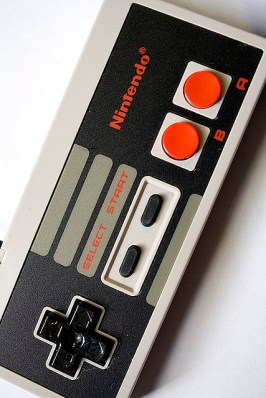
“I’m sincerely hoping to do a little, or maybe even a lot, better with The Legends of Owlia. But I never got into this to make money. I didn’t even know it was possible to put my game on a cartridge when I started. I thought I’d just have a free ROM when I was done. When I realized it was possible, I couldn’t pass up the opportunity to have a hard copy produced.”
“I think that there is a sizeable market for retro games on digital distribution platforms such as iOS, Android, and Steam,” says Andrews. “We are in the preliminary stages of possibly porting and releasing Nomolos on iPhone. [But] I believe that physical cartridges will probably remain a hobbyist market.”
Sivak agrees with Andrews’ assessment. “For actual games that really run on the old system, I believe it is and always will be a hobbyist endeavor. Now, for something that emulates the presentation of a retro game, like Mega Man 9 or 10, there can certainly be appeal there.”
Will we be seeing any further titles in the Battle Kid series from Sivak? “A third Battle Kid game would be fun,” he says. “But perhaps looking into another style of game might also be fun. It’s really rough starting and committing to a project.”
Sivak hints that Battle Kid may also find its way to other systems. “If possible, I’d like to try and port the games to some newer platforms,” he says. “Only time will tell.”
Duck Tales cart image via waitscm/Flickr , NES controller and console images via Mark Ramsay/flickr, Giant NES controller image via Pop Culture Geek/flickr, Nintendo Power image via bochalla/flickr, NES console in use image via crazyoctopus/flickr, Battle Kid screens and box art via Sivak Games, Nomolos and Owlia images via Gradual Games.
VentureBeat's mission is to be a digital town square for technical decision-makers to gain knowledge about transformative enterprise technology and transact. Learn More
